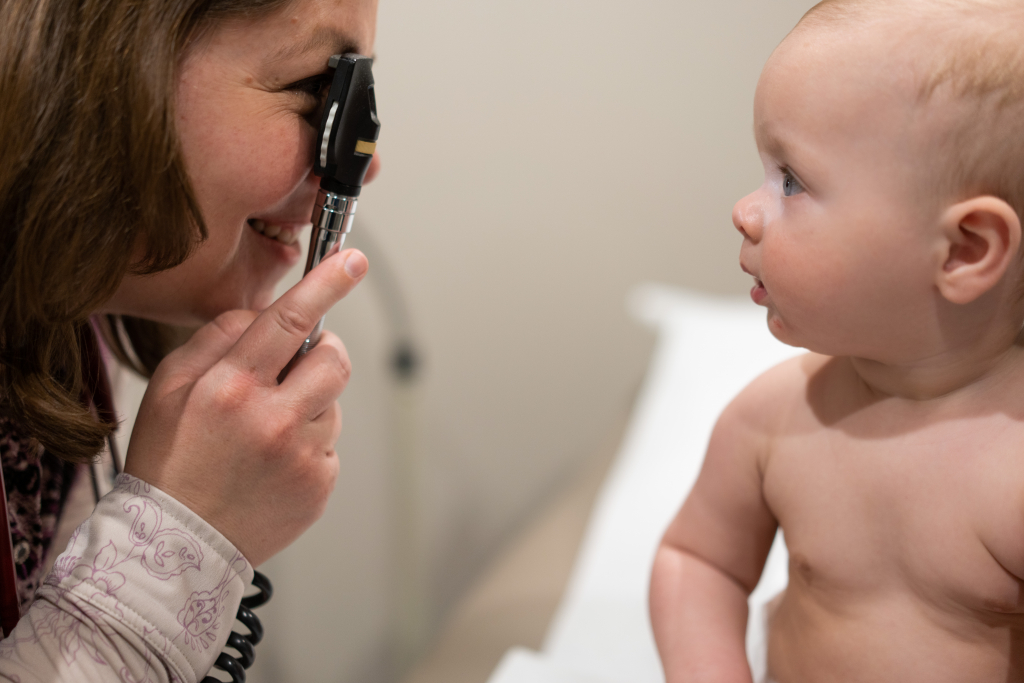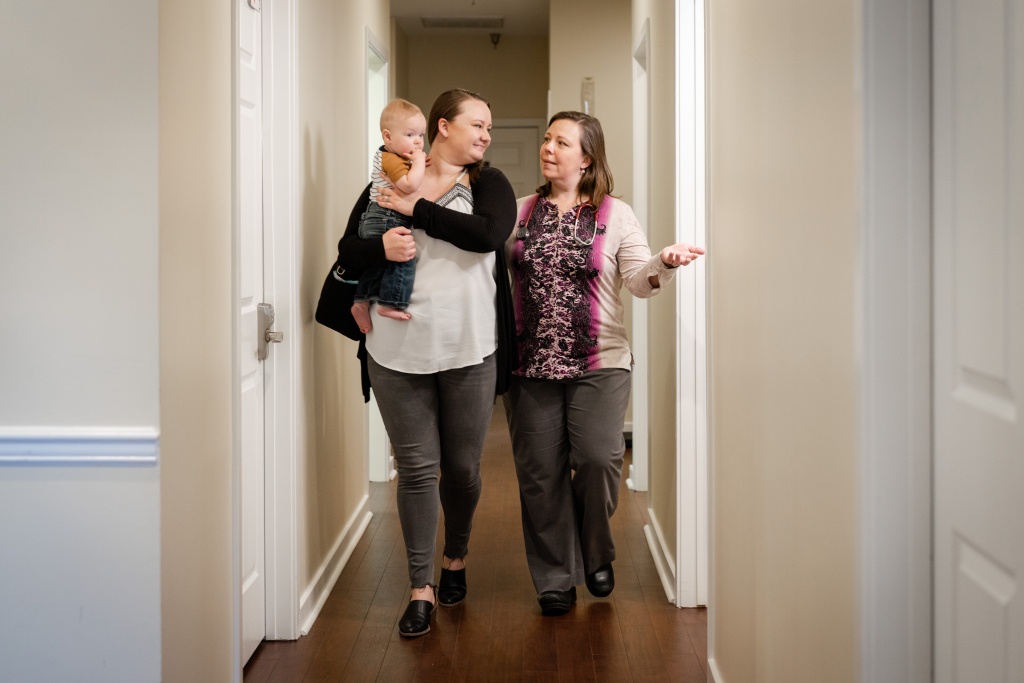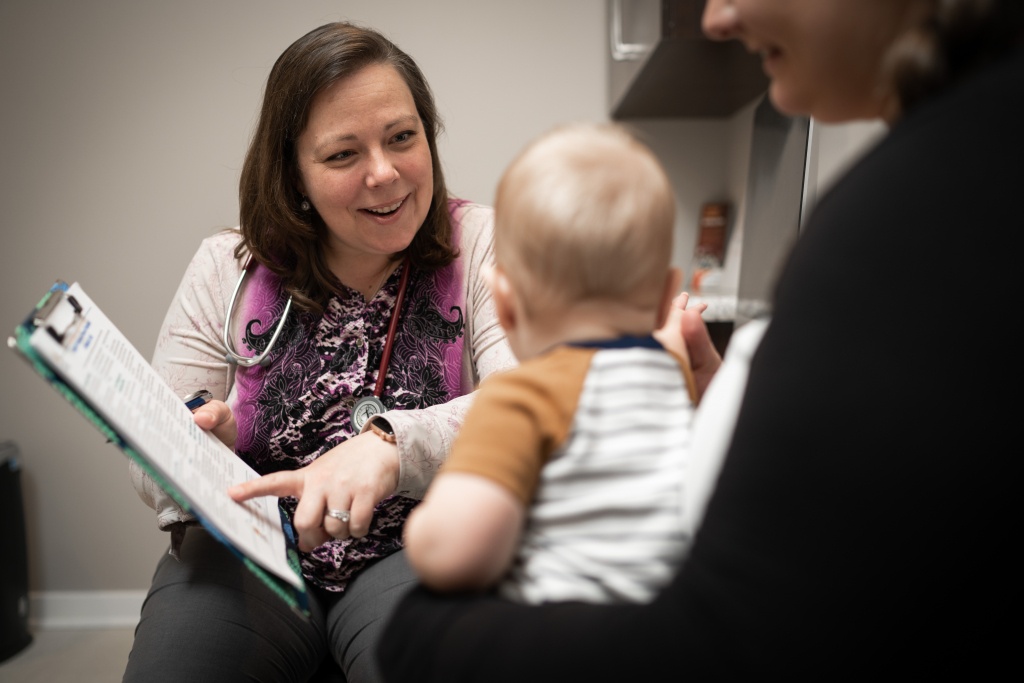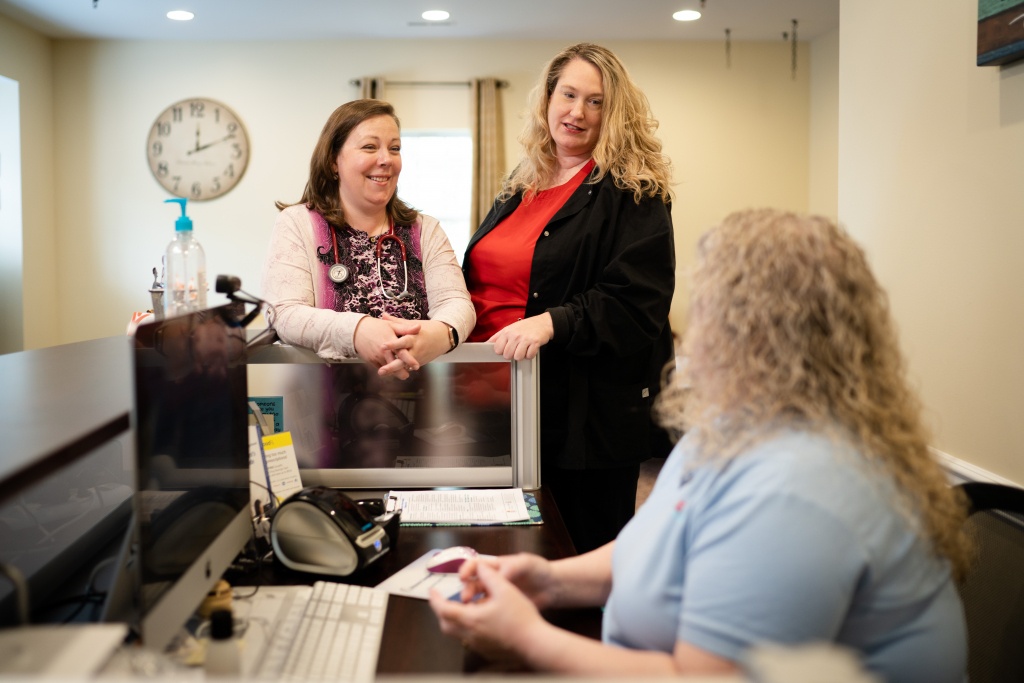How Direct Primary Care Enables Physicians To Live Their Values
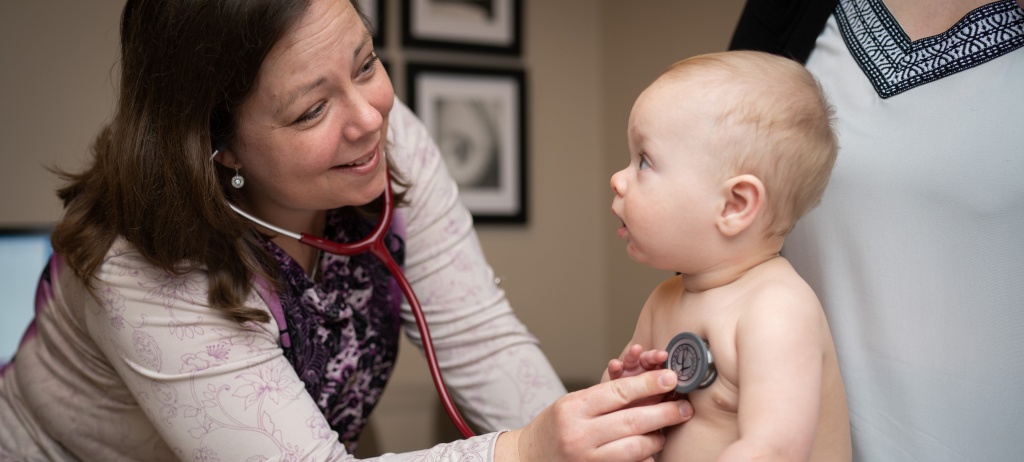
Like many independent primary care physicians, Dr. Kimberly Nalda didn’t expect to start her own practice. After finishing her residency, she was happily employed at an occupational medicine practice within a large health system.
“In the beginning, it was a very well-balanced job,” she explained. “I could spend as much time as I wanted with patients.” As a mother, she was able to maintain a flexible schedule that didn’t interfere with her family life.
Six years later, her practice was purchased by an insurance company. The new management imposed rigorous benchmarks. Suddenly, Dr. Nalda went from seeing 18 to 20 patients a day to 28. Her performance was assessed on how high she billed, how many referrals she made, and other criteria that strayed from giving quality care. It became apparent the new workflow wasn’t lining up with her values of independence, connection, flexibility, and transparency.
Embarking on a new journey of its kind
Burnt out, she began looking for new positions, but Dr. Nalda soon realized working for another clinic couldn’t fix the broken system she was becoming increasingly aware of. “I couldn’t find another family medicine practice where people seemed happy and providers were able to actually spend time with patients, and that allowed me to balance my work and home life,” she remarked.
This is the kind of community I want to be among. These primary care providers are my people. We help each other.”
– Dr. Kimberly Nalda
That’s when a new healthcare model was introduced to her: direct primary care (DPC). The American Academy of Family Physicians (AAFP) popped up during her job search, and she immediately enrolled in their course on direct primary care. Dr. Nalda didn’t have any formal business training, but, fortunately, this wasn’t a barrier to jump-starting her new future. Around the same time, she reached out to fellow physicians who eagerly answered all her questions and shared additional resources to help her start her own practice, reinforcing her move into direct primary care.
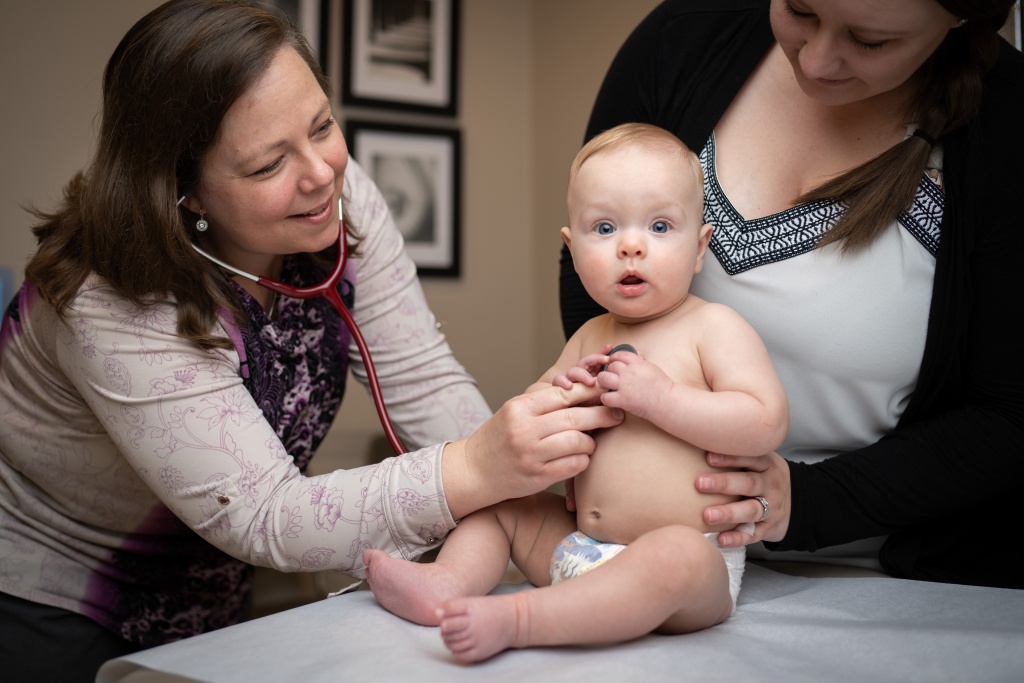
“This is the kind of community I want to be among. These DPC doctors are my people. We help each other,” Dr. Nalda emphasized.
This collaboration also informed her decision to implement a model of care involving monthly patient memberships, which uses a regular set fee, often based on age, that covers all services available within the practice and eliminates the need for co-pays entirely. With this model, patients do not have to determine whether it is worth a copay to see the doctor, lowering the threshold for seeking medical assistance. Now, instead of spending half of her day on administrative work like the average primary care physician, Dr. Nalda is free to dedicate more time in direct patient care, doing more of what she loves.
Eager to hit the ground running, Dr. Nalda entered the Remarkable Ideas Competition, an event organized by Great Dames, a women’s organization in Wilmington, Delaware. Her pitch revolved around how direct primary care provides quality medical care without dealing with institutional bureaucracy; through direct service, physicians can spend time getting to know their patients and their comprehensive health histories. No benchmarks are required. This resonated with an audience full of firsthand stories about negative experiences within the healthcare system, and she claimed victory both in the competition and in starting her own practice.
Living her values through direct primary care
Similar to other direct primary care physicians, Dr. Nalda places a high value on transparency and includes membership and drug prices on her website. She also works with radiologists, labs, and other medical providers to find and offer the most affordable pre-negotiated rates for patients. Having the freedom to set her own rates enables her to expand access to more patients from traditionally underserved backgrounds through discounts and scholarships.
“Direct primary care is a win-win situation. Patients get better care and save money, and doctors are less stressed and burned out. It is the best for taking care of the community without all the intermediaries or third parties complicating things,” Dr. Nalda stressed.
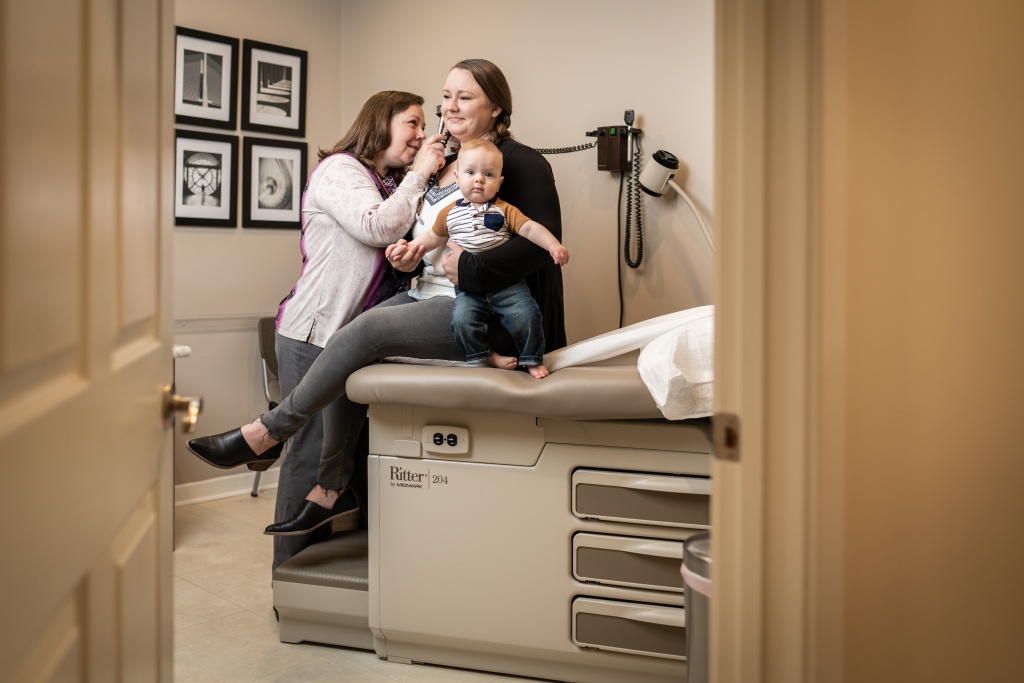
The practice is able to keep running both due to consistent patient subscriptions and to their early adoption of telehealth medicine. Even with fewer patients coming in for care during the COVID-19 pandemic, no one experienced a gap in their care. Dr. Nalda’s patients easily transitioned into phone and video visits, already being well-versed in telehealth.
Transparency in prices and considerably more time with patients allows her to foster better connections. Since her practice isn’t preoccupied with the complex guidelines insurance companies have, Dr. Nalda is able to better communicate with patients using different methods, such as by video or phone call as well as email and text messaging. Likewise, patients have access to medical care at their convenience. Compared to her packed schedule at a large health system, she now sees six to eight patients per day on average, allowing her to focus on their individual needs rather than meeting the metrics set for her by a company or administrator.
“A patient can text me a picture of a sore throat and give me the history, then I can call in something for it,” Dr. Nalda elaborates.
Direct primary care is a win-win situation. Patients get better care and save money, and doctors are less stressed and burned out. It is the best for taking care of the community without all the intermediaries or third parties complicating things
– Dr. Kimberly Nalda
Elation helps with patient-physician communication, particularly with recordkeeping. She appreciates the way the platform lays out medical records as if they were a manila folder she’d keep in her office. Plus, she’s received many compliments from specialists seeing her patients about how organized and clear her notes are.
“Elation works with how my brain works,” Dr. Nalda emphasized. “The price is right, too. If you use a free [EHR], you get what you pay for; it won’t be as good as Elation.”
Advice for aspiring direct primary care physicians
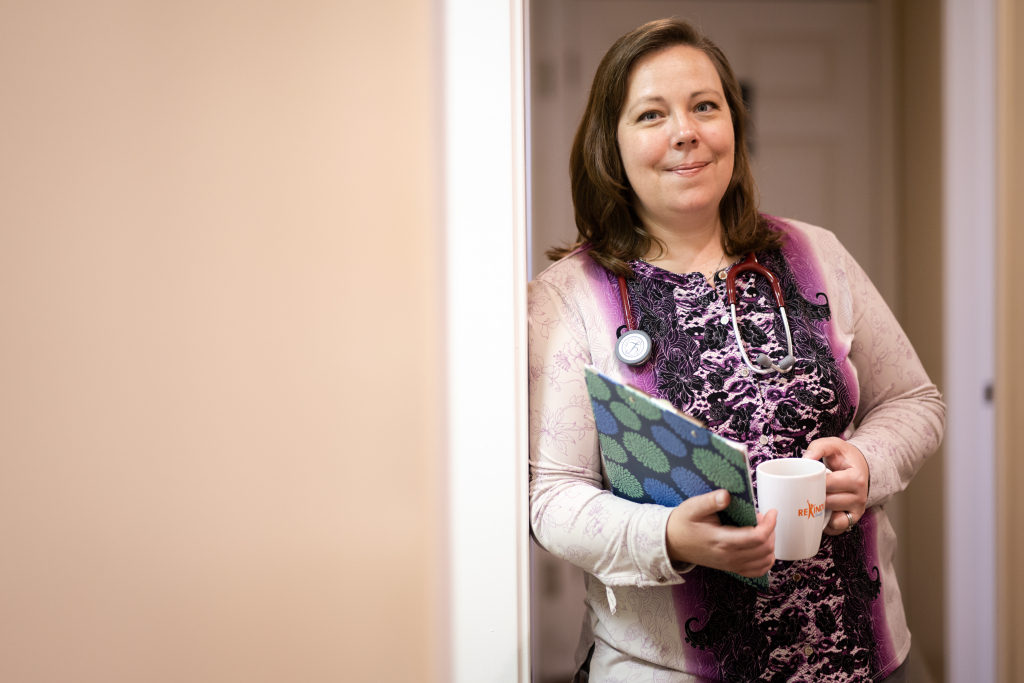
For physicians interested in starting their own practice, Dr. Nalda recommends speaking up, no matter what role you’re in.
“I wish I knew I had the ability to speak up earlier,” she confessed. “I could’ve stood up earlier and said, ‘no, this is not right! It’s not about the bottom line, and I actually want to take good care of people.’”
In her previous role, Dr. Nalda was too burnt out and exhausted to fight back. Although she knows that voicing her concerns may not have changed anything, she felt there were too many patients impacted by injustices to remain silent.
Despite working in an unjust system, Dr. Nalda finds peace within living her values as a direct primary care physician. She can’t fix everything, but she can make a difference in her community and provide the best possible care to her patients.
